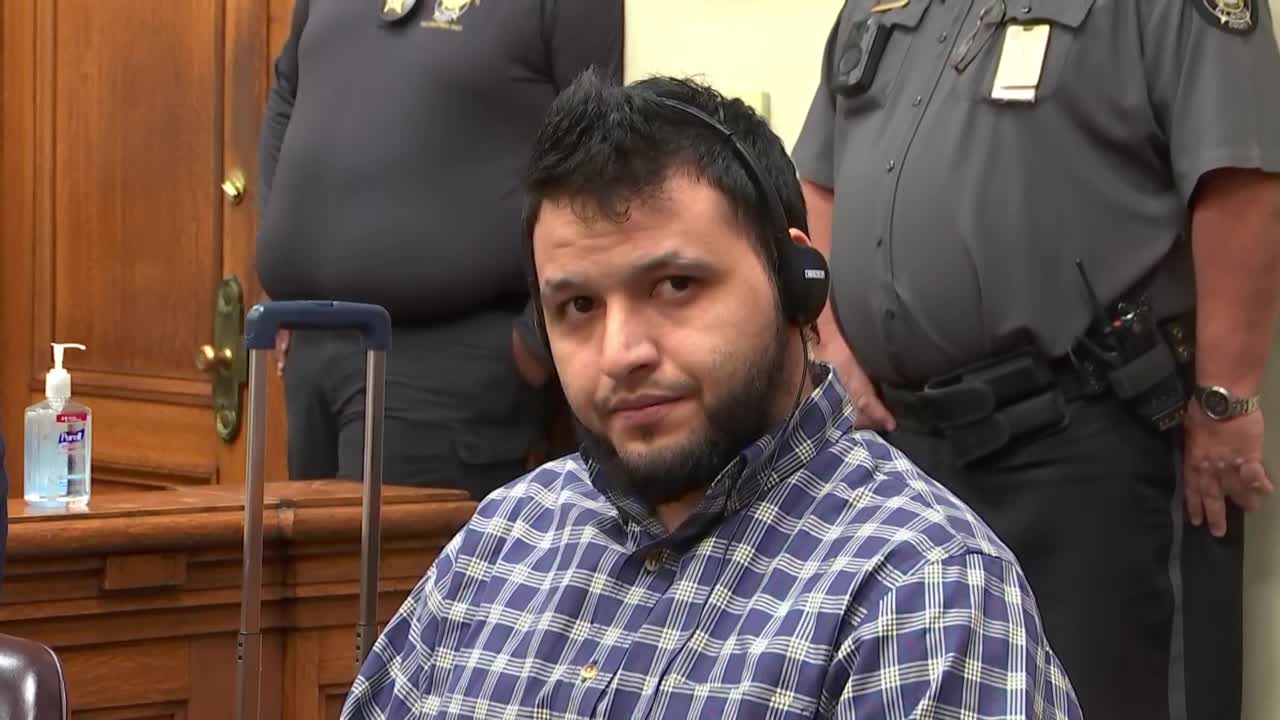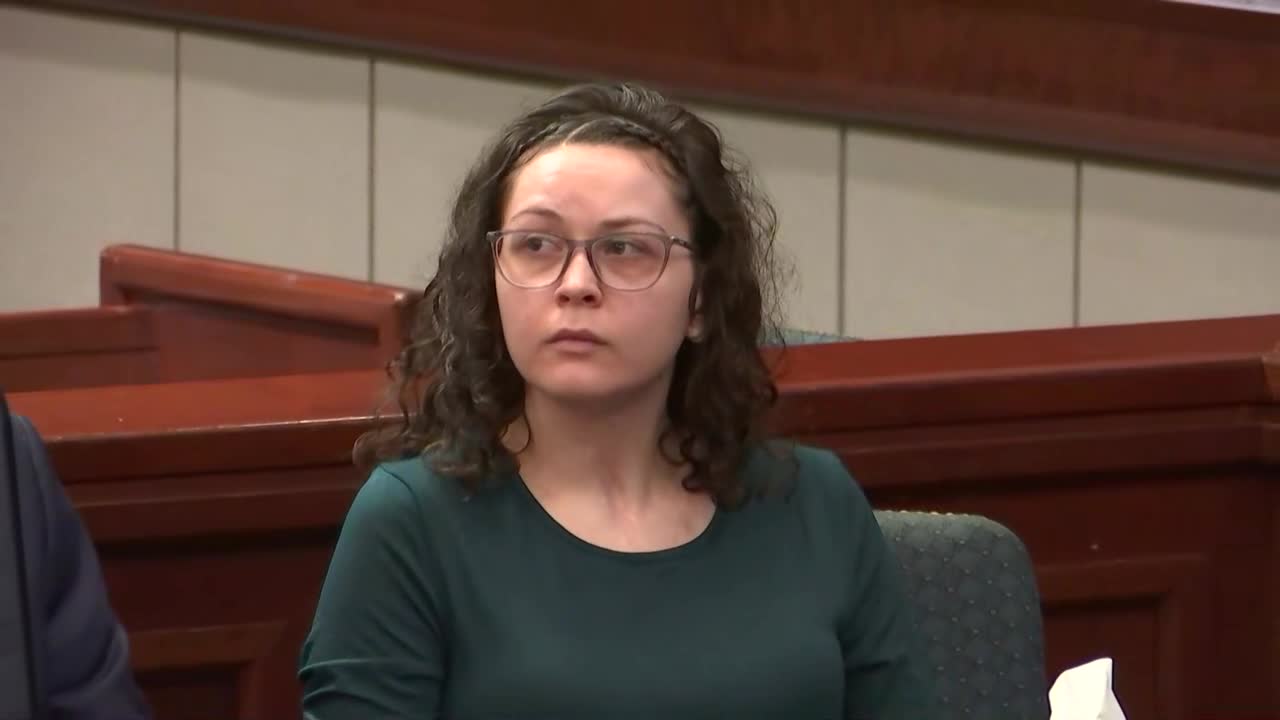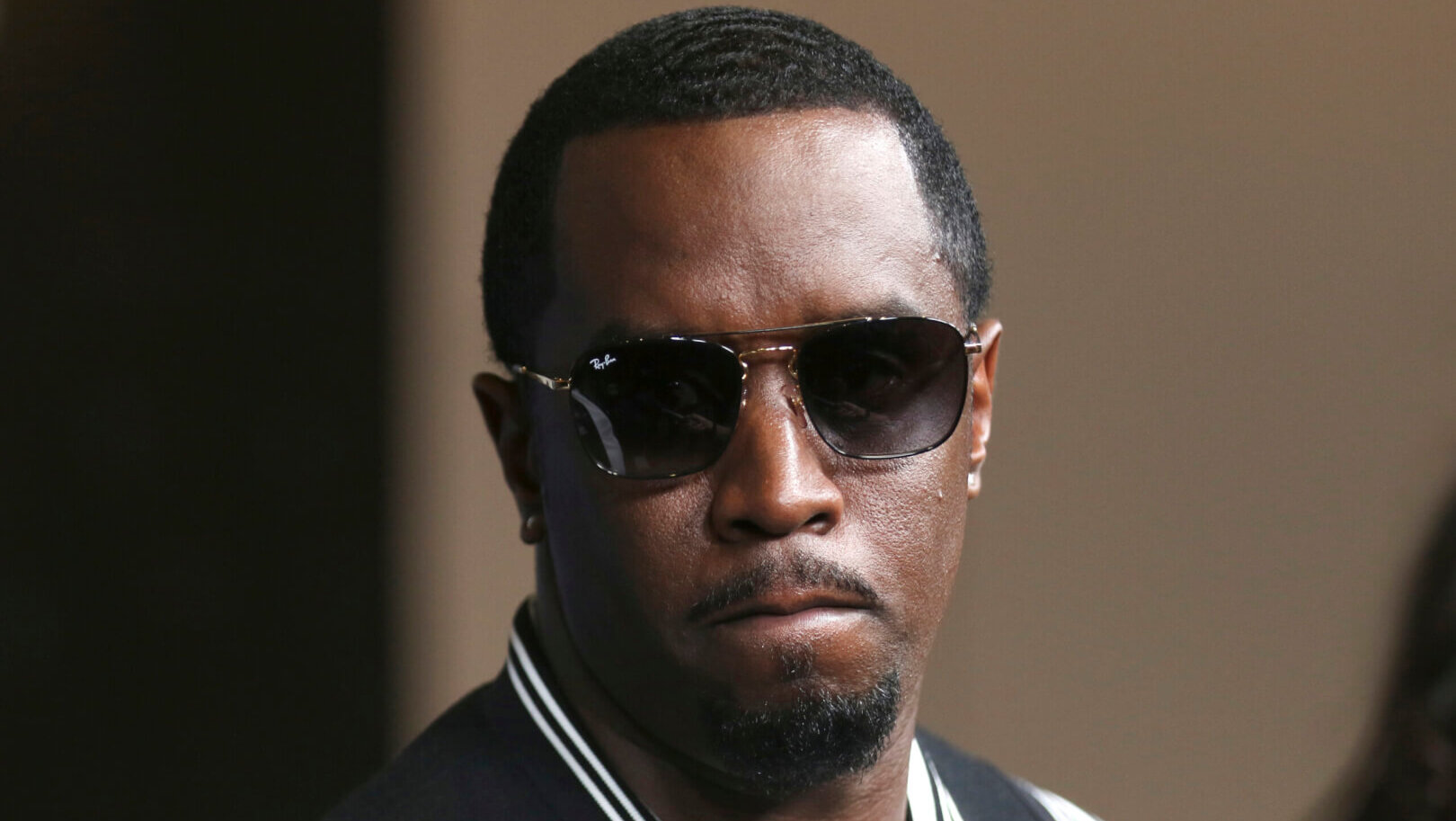By STEVE KARNOWSKI Associated Press
MINNEAPOLIS (AP) — A white suburban Minneapolis police officer charged with manslaughter in the death of Daunte Wright, a Black man, said she meant to use her Taser to try to stop him from fleeing during an attempted arrest but accidentally grabbed her gun instead.
Closing arguments were Monday before the jury began deliberating. Prosecutors sought to prove that Kim Potter, who quit the Brooklyn Center police force two days after the shooting, committed first- and second-degree manslaughter when she killed the 20-year-old man during an April 11 traffic stop. Here’s a look at the charges and potential penalties:
THE CHARGES

In this screen grab from video, former Brooklyn Center Police Officer Kim Potter testifies in court, Friday, Dec. 17, 2021 at the Hennepin County Courthouse in Minneapolis, Minn. Potter is charged with first and second-degree manslaughter in the April 11 shooting of Daunte Wright, a 20-year-old Black motorist, following a traffic stop in the Minneapolis suburb of Brooklyn Center. (Court TV, via AP, Pool)
First-degree manslaughter in this case means prosecutors allege that Potter caused Wright’s death while committing a misdemeanor — the “reckless handling or use of a firearm so as to endanger the safety of another with such force and violence that death or great bodily harm to any person was reasonably foreseeable.”
>>>WATCH: 12/20/21 The Death of Daunte Wright: Prosecution Closing Argument
>>>WATCH: The Death of Daunte Wright: Defense Closing Argument (part 1)
>>>WATCH: 12/20/21 The Death of Daunte Wright: Defense Closing Argument (part 2)
>>>WATCH: 12/20/21 The Death of Daunte Wright: Prosecution Delivers Rebuttal Argument
The second-degree manslaughter charge alleges that she caused his death “by her culpable negligence,” meaning that Potter “caused an unreasonable risk and consciously took a chance of causing death or great bodily harm” to Wright, while using or possessing a firearm.
Neither charge requires prosecutors to prove Potter intended to kill Wright, and they pointed that out to the jury during opening statements.
Defense attorney Paul Engh seemed to push against that during his opening, telling the jury that Potter didn’t know she was holding a gun when she fired, adding: “It’s not just shooting somebody, that’s not the crime. It’s being consciously aware of some kind of fact.”
The attorney general’s office added the first-degree manslaughter charge after it took over the case, though it fell short of the murder charge that Wright’s family and activists wanted.
POTENTIAL PENALTIES
The maximum for first-degree manslaughter is 15 years; for second-degree, it’s 10 years. But Minnesota judges follow sentencing guidelines that normally call for less — just over seven years for first-degree, and four years for second-degree.

Demonstrators place a sign demanding justice for Daunte Wright outside of the Hennepin County Courthouse during the trial of former Brooklyn Center police Officer Kim Potter, Friday Dec. 17, 2021, in Minneapolis. Potter, who is white, is charged with first- and second-degree manslaughter in the shooting of Daunte Wright, a Black motorist, in the suburb of Brooklyn Center. Potter has said she meant to use her Taser – but grabbed her handgun instead – after Wright tried to drive away as officers were trying to arrest him. (AP Photo/Christian Monterrosa)
But prosecutors have said they will seek a longer sentence due to aggravating factors, which is what they did in former Minneapolis Officer Derek Chauvin’s murder trial for killing George Floyd.
>>>READ MORE: The Death of Daunte Wright Daily Trial Highlights
The longest sentences that could conceivably stick on appeal are double the top of the guidelines range. But that’s more than the statutory maximum of 15 years for first-degree manslaughter, so 15 years would be the cap for Potter if she’s convicted. The realistic maximum on the lesser charge would be 9 1/2 years.
Presuming good behavior, Minnesota offenders typically serve two-thirds of their time in prison and one-third on supervised release.
RECENT PRECEDENTS
The judge in Chauvin’s case sentenced him to 22 1/2 years for second-degree unintentional murder. The presumptive sentence was 12 1/2 years. But Judge Peter Cahill found several aggravating factors, including that Chauvin abused his position of authority and treated Floyd with particular cruelty, and that several children witnessed the crime live. He also said Chauvin knew that kneeling on Floyd’s neck was dangerous.
More recently, Judge Kathryn Quaintance resentenced former Minneapolis Officer Mohamed Noor to four years and nine months in prison for second-degree manslaughter in the shooting death of Justine Damond Ruszczyk, which was at the top of the guidelines’ range. She said she did so because Noor shot “across the nose” of his partner and endangered others. She couldn’t sentence him to more because prosecutors did not request an “upward departure” from the sentencing guidelines.
Quaintance originally sentenced Noor to 12 1/2 years for third-degree murder, which was what the guidelines called for, but the Minnesota Supreme Court later clarified the definition of third-degree murder and sent the case back for resentencing only on the manslaughter charge.














